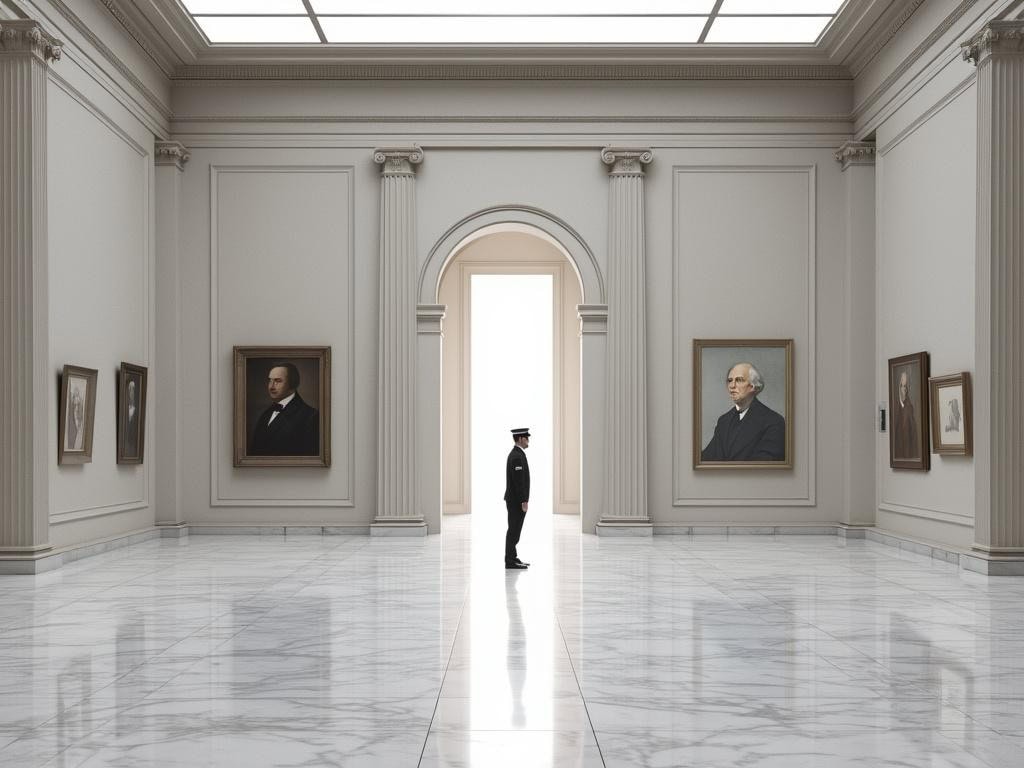Louvre Heist: Critical Security Gaps Revealed at World’s Premier Museum

Louvre Heist Exposes Critical Security Gaps at World-Famous Museum
A brazen daylight robbery at the Louvre Museum in Paris on October 19, 2025, resulted in the theft of eight precious royal jewels, highlighting significant security vulnerabilities at one of the world's most prestigious cultural institutions. The thieves used construction equipment to breach the museum shortly after opening hours, successfully evading existing security measures, demonstrating the importance of implementing comprehensive physical and network security protection.
The heist has sparked international concern about museum security and prompted French officials to launch an immediate review of protective measures at cultural sites nationwide. The incident represents not just a significant material loss but also deals a severe blow to France's cultural heritage and the Louvre's reputation.
Security Infrastructure Under Scrutiny
The robbery revealed several critical weaknesses in the Louvre's security system. Thieves managed to approach the museum's Seine-facing side with a lift and force open a window – an action that has raised questions about perimeter surveillance. Interior Minister Laurent Nunez acknowledged that while security improvements were planned, including new-generation cameras and enhanced perimeter detection, these measures came too late to prevent the theft.
The museum has been grappling with:
- Chronic understaffing issues
- Overcrowding challenges
- Inconsistent security standards across different exhibits
- Inadequate perimeter monitoring
Impact and Response
The stolen items include historically significant pieces:
- Empress Eugénie's diadem and corsage-bow brooch
- Empress Marie-Louise's emerald earrings and necklace set
- Queen Marie-Amélie and Queen Hortense's sapphire jewelry collection
French President Emmanuel Macron characterized the theft as "an attack on a heritage that we cherish because it is our history." The museum's closure following the incident has added financial strain to the already significant cultural loss, highlighting the need for robust security measures for cultural institutions.
Implications for Global Museum Security
Christopher Marinello of Art Recovery International offered a sobering perspective: "If they're going to hit the Louvre, one of the most well-funded museums in the world, every museum is vulnerable." This incident has prompted museums worldwide to reassess their security protocols and implement enhanced network security measures.
Enhanced Security Recommendations
Cultural institutions must:
- Regularly audit security measures, particularly focusing on perimeter protection
- Balance public accessibility with robust security protocols
- Update emergency response procedures regularly to address evolving threats
- Implement advanced surveillance systems with AI-powered threat detection
- Establish redundant security layers to prevent single points of failure
Future Prevention Strategies
- Installation of biometric access controls
- Implementation of blockchain technology for artifact tracking
- Enhanced staff training programs
- Regular security audits by external specialists
- Integration of AI-powered surveillance systems
The Louvre heist serves as a wake-up call for cultural institutions worldwide, emphasizing the need to maintain state-of-the-art security systems while addressing staffing and resource challenges that can compromise even the most sophisticated protective measures.

